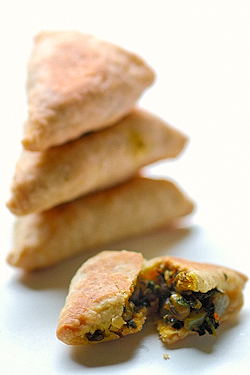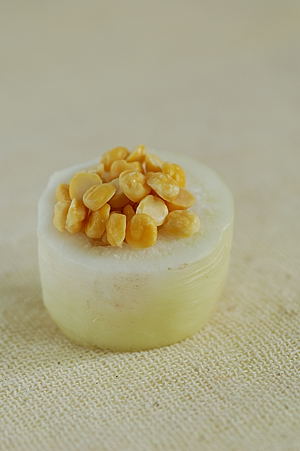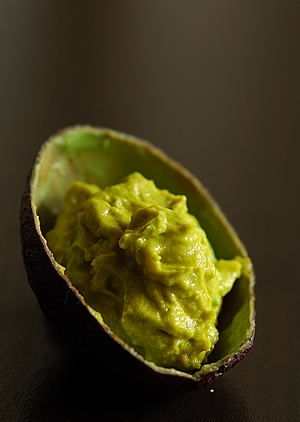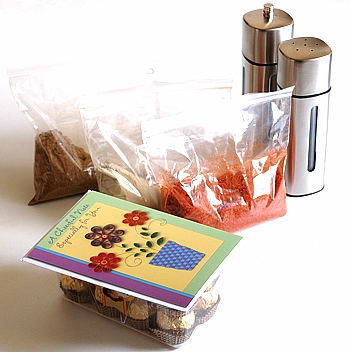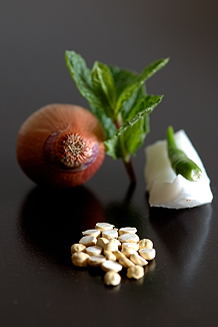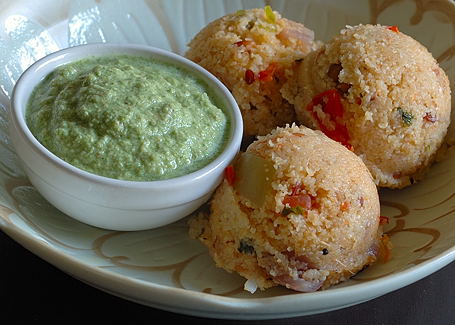
Maroon Carrots (skins peeled)
Deep earthy maroon on the exterior and a brilliant red in the interior with an orangish-white center. Subdued sweetness, and lots of crunch.
That is how I would describe maroon carrots. In addition to looking unique, maroon carrots also have nutritional benefits – more beta-carotene than their orange counterparts, and they have antioxidants known as anthocyanins, according to Wise Geek.
This old-time variety is popular in north-Indian farmers markets and usually appears during winter and early spring seasons. They have also started to appear locally here in Seattle, thanks to the rejuvenated interest in all things ancient and natural. At Pike Place Market, they were priced at one dollar a bunch, and I bought one bunch. They still have roots attached, so I peeled the skin and cut with mandoline to thin rounds. They looked so pretty and fresh, within minutes half were gone. Crunch, crunch…
With the remaining half, I have prepared pappuchaaru for our meal today. Toor dal protein, maroon carrots and vine-ripe tomato, soured with tamarind, sweetened with jaggery and seasoned with hing tadka, the pappuchaaru had enough flavor to permit omission of rasam powder. Very mild, soothing to the stomach, chaaru tasted delicious.

Pappuchaaru with Maroon Carrots, Garnished with Haldiram’s Boondi
Pappuchaaru with Maroon Carrots:
Half cup – Toor dal (kandi pappu)
Half cup – Carrots, sliced to thin rounds
One – Ripe tomato, finely chopped
One – Onion, thinly sliced lengthwise
1 tablespoon each – tamarind pulp and crushed jaggery
½ teaspoon each – Turmeric and salt
¼ teaspoon – Red chilli powder
Hing tadka:
1 teaspoon – peanut oil
6 curry leaves
Pinch each- cumin and mustard seeds
1/8 teaspoon- hing (asafoetida/inguva)
Rinse toordal and take them in a pressure-cooker. Add about two cups of water. Cook to soft. With a wood masher, gently mash the dal to smooth consistency.
Once you are ready with the dal, start the chaaru preparation. In a vessel, heat peanut oil. Add and sauté curry leaves, cumin and mustard seeds to fragrance. Add hing and toast for couple of seconds. Add onion, tomato and carrot. Sauté for about five minutes. Add the cooked toor dal, also tamarind, jaggery, turmeric, salt and chilli powder. Add about a cup of water. Mix. Partially cover with a lid, and simmer for about 15 to 20 minutes to wonderful aroma. (The carrots bleed and color the preparation to reddish-brown, but not too much like beetroots.)
To serve, add a spoonful of cooked rice to a cup. Pour about three to four ladlefuls of pappuchaaru. Mix with a spoon or your right hand. For a tasty crunch, add a papad, few chips or boondi. Enjoy.
(NP: Carbohydrates from rice, quality protein from toor dal, vegetable goodness from carrot and tomato, spices like turmeric and hing for well being.)
***********
A question for you, dear readers
I am more likely to prepare this recipe, if it has
Soup in title, because I think of only Soups as healthy.
Chaaru in title, because I value traditional goodness and age-old wisdom.
Good nutritional profile (NP). I pay more attention to the ingredients list than titles.
***********













